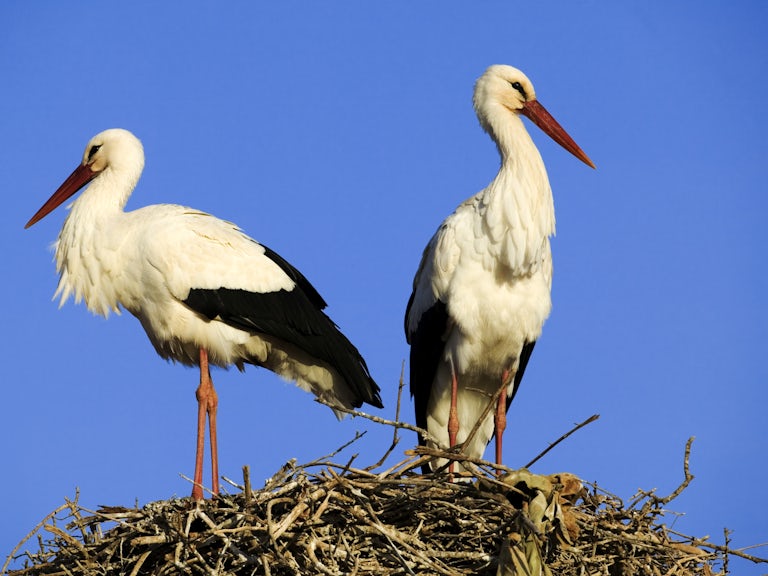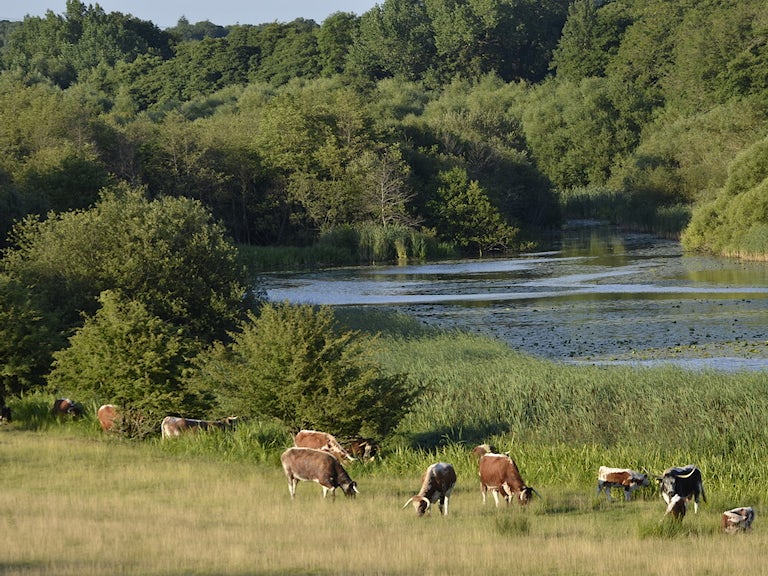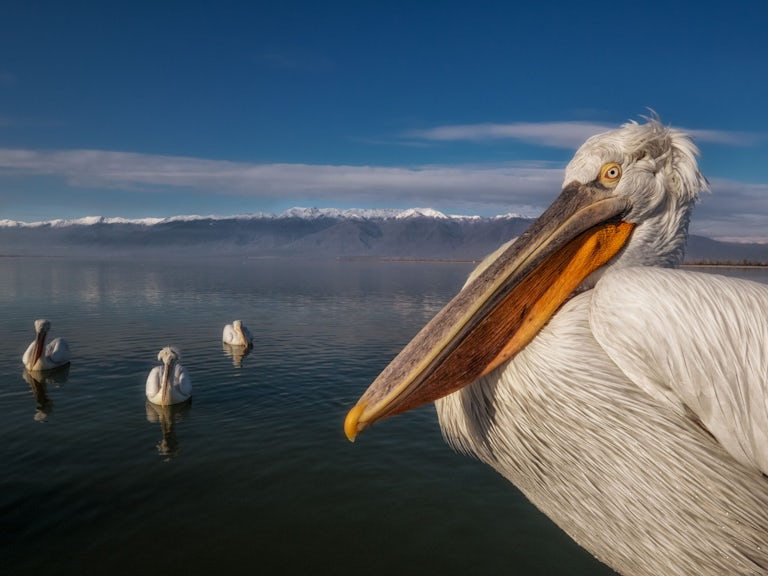White stork
Ciconia ciconia
A large white bird steeped in folklore and poised for a comeback in Britain.

How it shapes the landscape
White storks are true opportunists, with a diverse diet including small mammals, frogs, toads, lizards, insects and small birds. Over successive years they build large nests which are sought after by returning storks – apparently because the size of the nest indicates previously successful breeding seasons. The nests are often home to other species including house sparrows and starlings and occasionally kestrels, owls and jackdaws, among others.
Where it likes to be
White storks prefer open grasslands and wetlands and tend to avoid densely wooded areas. They overwinter in Africa or southern Europe, before returning to Britain for the summer months. The quality and availability of habitat along their migration route are essential to their survival.
How much space they need
White storks are migratory visitors to Britain and favour returning to nesting sites where broods have been successfully raised before. They stay close to their nest while raising their young, and tend to hunt within 5km of their nesting site. In late summer, these magnificent birds migrate to the south, remaining there until they are ready to breed.
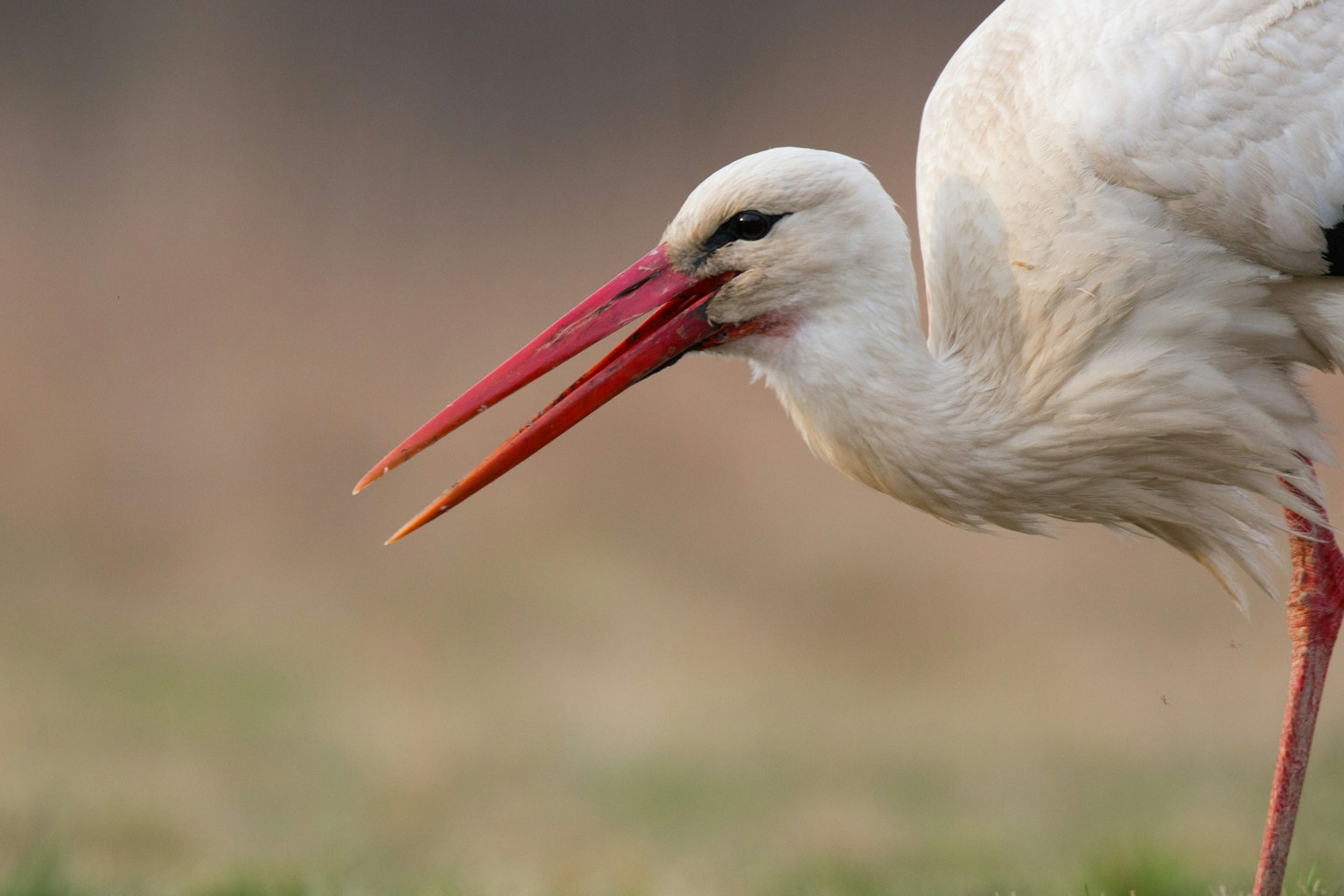

DID YOU KNOW?
White storks can live for up to 40 years, with their average lifespan being 20 – 35 years.
BACKGROUND STORY
White storks originally benefited from the clearance of woodland in Britain and elsewhere in Europe, which increased the availability of their favoured habitats of grasslands and wetlands. However, prior to 2020, the last breeding pair to be recorded in Britain was in 1416, nesting on a cathedral in Edinburgh. Globally, their numbers have declined due to industrialisation and habitat loss.
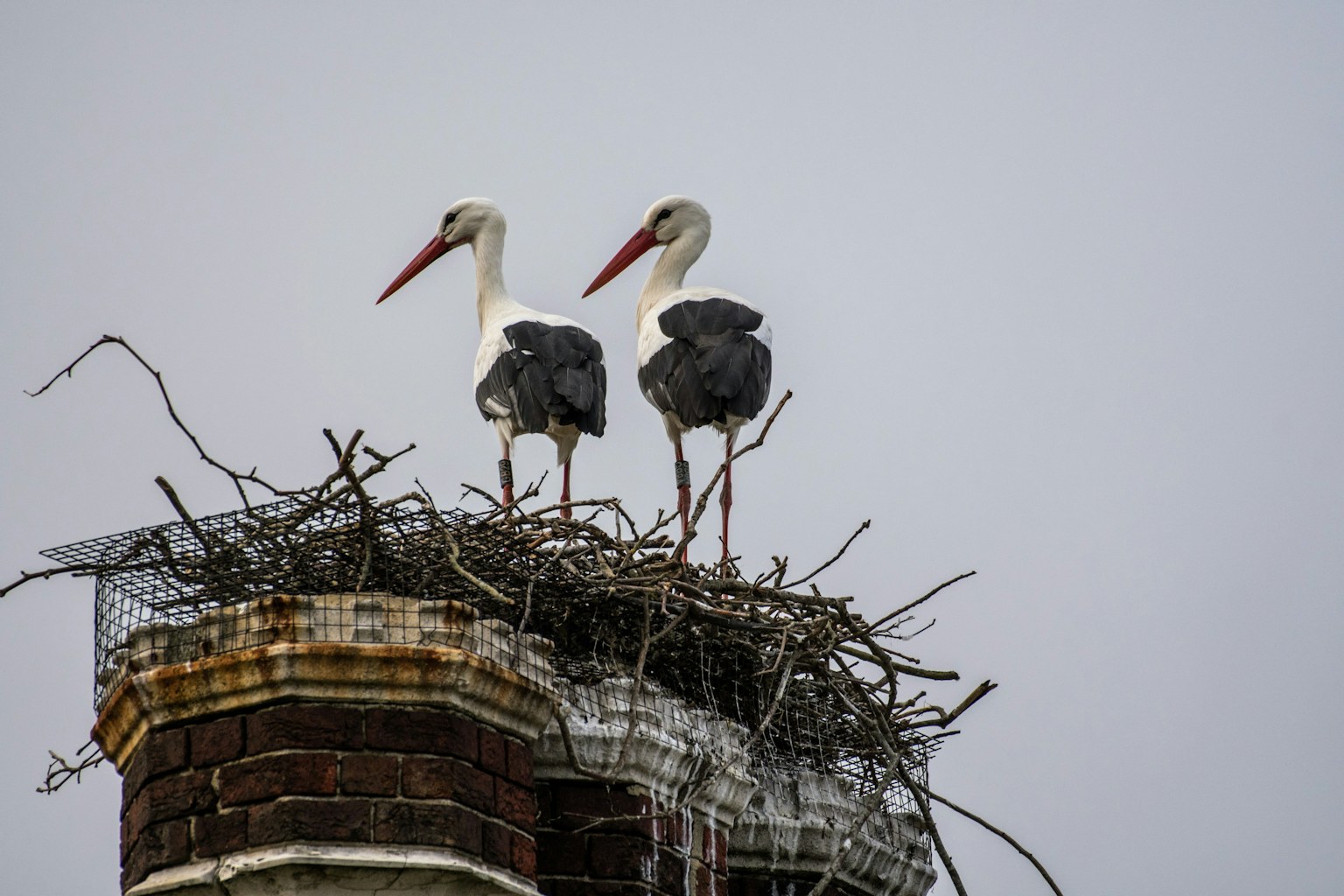
Can we have them in Britain?
White storks are native to the British Isles and visit frequently. In 2020, the first two wild breeding pairs successfully nested at Knepp Estate in Sussex following reintroduction efforts. This was the first time in 600 years that white storks had bred in Britain. In the first four breeding seasons, 68 chicks fledged.
Two captive breeding schemes are currently underway in southern England as part of The White Stork Project in partnership with Cotswold Wildlife Park and Knepp Estate. The project aims to re-establish 50 wild breeding pairs of white storks in southern Britain by 2030. As of today, more than 250 storks have been set free across various project locations, including Surrey, West Sussex and East Sussex. The continued release of captive-bred birds further enhances colony populations and promotes migratory instincts.
The success of white stork reintroductions in southern England demonstrates that we can bring these iconic birds back into our everyday lives. Building upon these achievements, Citizen Zoo is undertaking a year-long feasibility study and aims to connect London’s white stork populations with those in Sussex and Surrey to promote nationwide recovery of the species. Valuable insights will be shared with other urban rewilding projects and the wider rewilding Network.

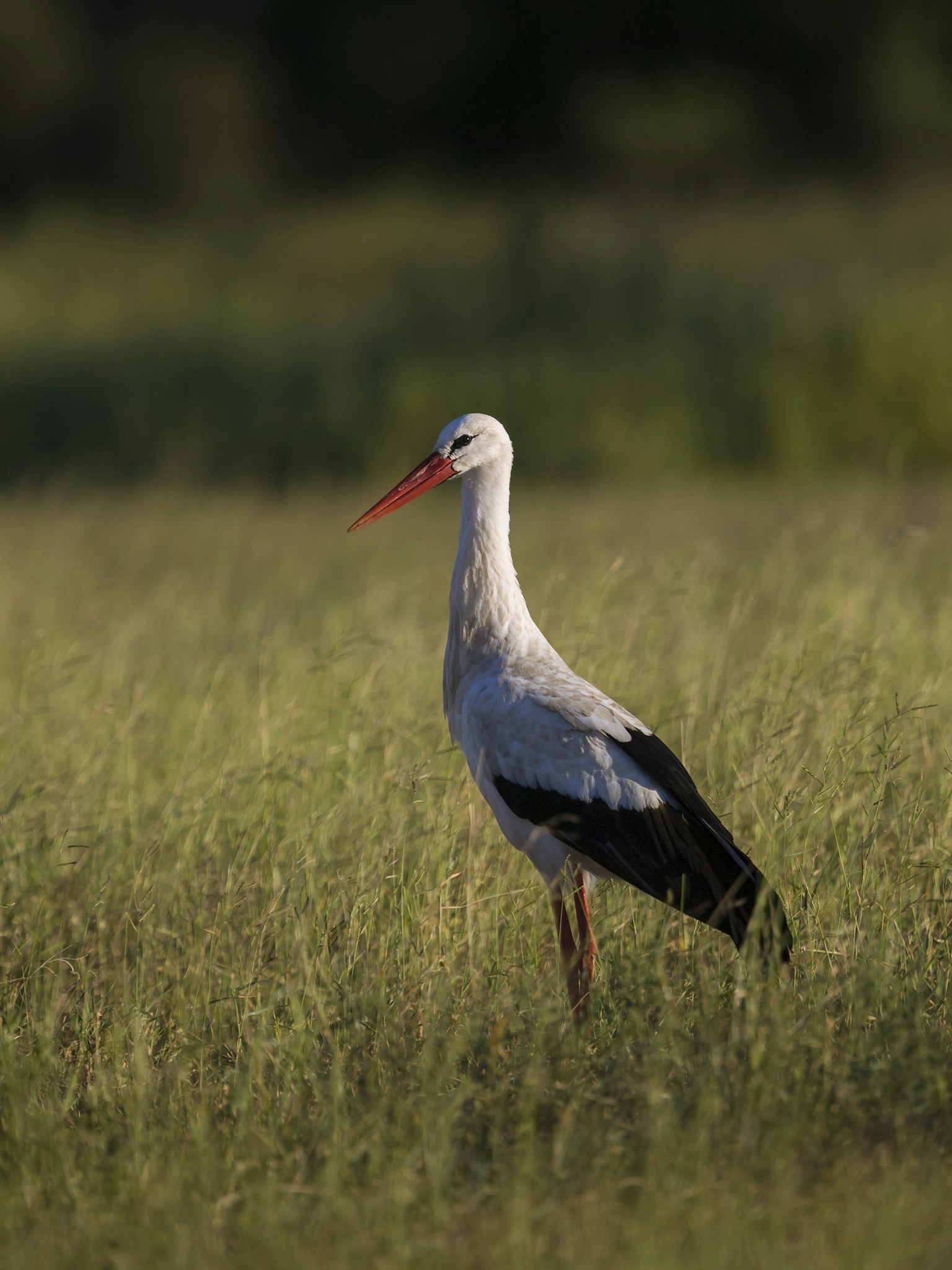
Explore Innovation Fund projects
The White Storks in London project is one of many pioneering initiatives we’ve supported through the Rewilding Innovation Fund. The funding will support Citizen Zoo in undertaking a feasibility study to investigate how we can connect London populations of white storks with those in Sussex and Surrey.
Uncover the full list of recipients awarded since 2021 to see how we’re helping accelerate rewilding across Britain.
In summary
- Native to the British Isles.
- Currently being reintroduced, with 250 individuals already released across various locations.
- Their bright red beak and legs are a result of carotenoids in their diet — the same pigments that make carrots orange.
- During the winter, flocks can reach thousands of individuals.
- Partly because these birds are comfortable nesting on buildings, the folklore and cultural traditions surrounding storks are among the richest involving any bird species.

Rewilding in action
Species such as the white stork play a vital role in many ecosystems across Britain.
Find out about the projects putting rewilding into action through reintroducing white storks by searching the Rewilding Network map using the species filter .
- 2023 – a storkingly good year. (2024). White Stork Project. https://whitestorkproject.org/...
- Kosicki JZ, Sparks TH, Tryjanowski P (2007). House sparrows benefit from the conservation of white storks. Naturwissenschaften 94(5): 412–415. https://doi.org/10.1007/s00114-006-0207-x
